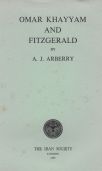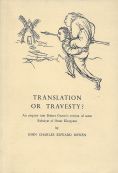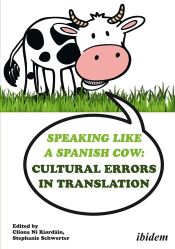Omar Khayyám, a Persian poet who died in 1131, wrote a number of quatrains in Farsi which are regarded by some as representing the very summit of Sufism (that is, of the mystical dimension of Islamic thought) and by others as being essentially agnostic and hedonistic in nature. Those who are of the latter view are often strongly influenced by the ‘translation’ into English of some of these quatrains by Edward Fitzgerald, a British poet and writer whose first edition of the Rubáiyát of Omar Khayyám appeared in 1859, at the height of the Victorian era. Although there have been several other translations of Khayyám’s quatrains, none has been as popular or, perhaps, as highly regarded as an artistic work as that of Fitzgerald. It has rarely, however, been regarded as a work that is faithful to the intent of the original. In deciding to translate into Māori Fitzgerald’s rendering into English of some of Khayyám’s Farsi quatrains (5th version), Pei Jones was faced with a peculiarly complex set of problems (linguistic, literary, cultural and religious). Pei Jones’ translation, a translation of a translation, is generally regarded as being faithful to Fitzgerald’s version of the Rubáiyát. It would appear, therefore, that he decided to treat Fitzgeralds’s text, in spite of the reference in its title to the original text, as his source text. This gives rise to a number of questions, including questions about what it means for a translator to be faithful or unfaithful to a source text.


